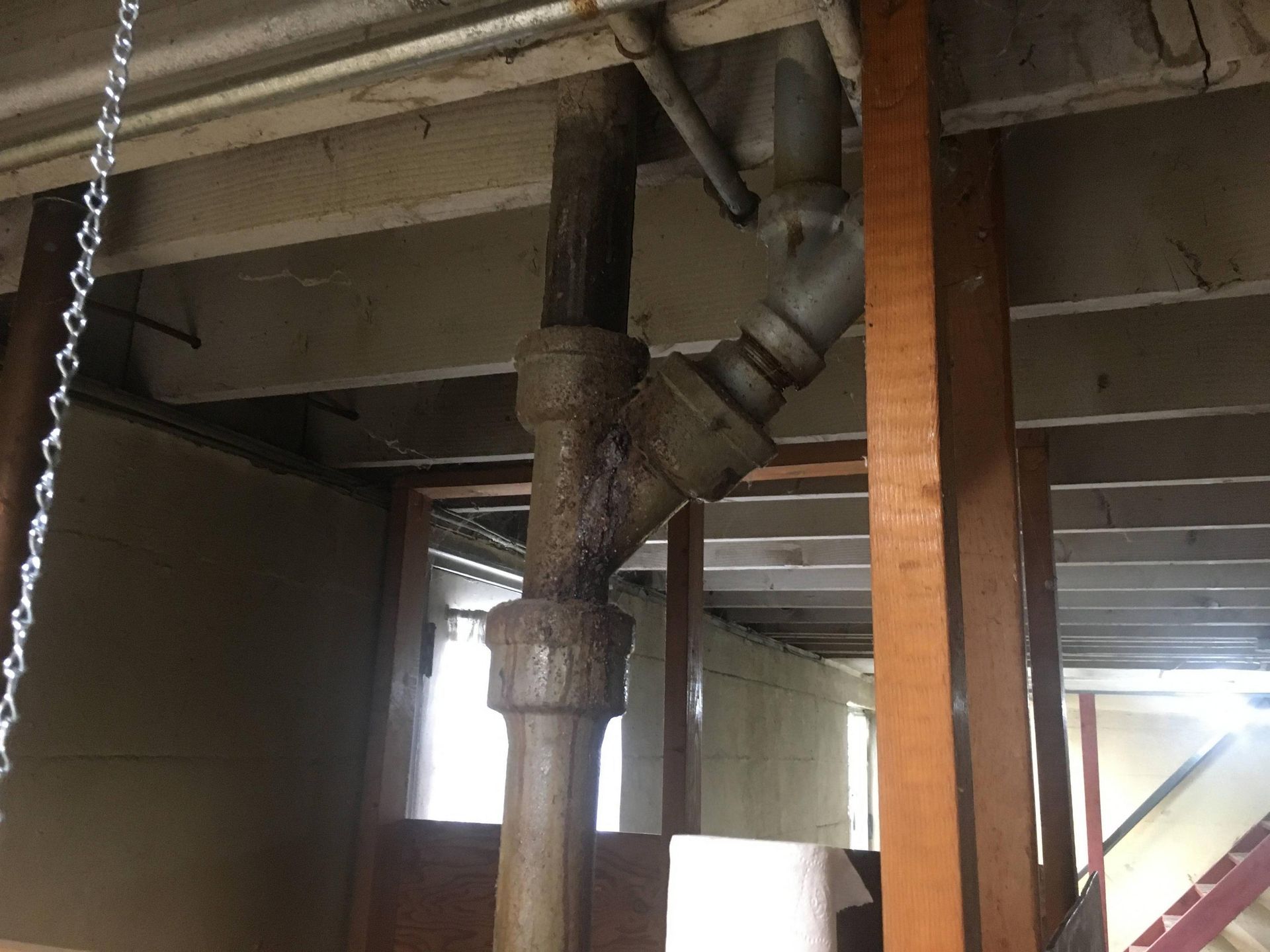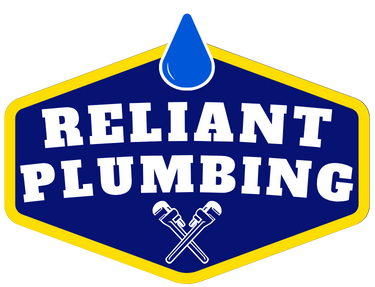
When Should You Replace Old Cast Iron Drains in Your Home?
Cast iron was built to last—but not forever. Here’s how to tell when your old drainage system is ready for a replacement.

Introduction
Cast iron plumbing was the gold standard for decades. Strong, fire-resistant, and soundproof, it was commonly used in homes built before the 1970s—including many older properties in Cambridge. But even iron has its limits.
Over time, cast iron drain lines corrode from the inside out, leading to serious issues like leaks, blockages, and even foundation damage. In this post, we’ll break down the signs that your cast iron system may be failing, why it happens, and what Cambridge homeowners should know about replacement options.
1. Cast Iron Pipes Don’t Last Forever
The lifespan of cast iron pipes is typically 50 to 75 years. In some cases, well-maintained pipes may last longer—but most systems start to deteriorate after 40–50 years due to:
- Internal corrosion
- Soil acidity around the foundation
- High moisture content in crawlspaces or basements
- Mineral-heavy water (which is common in Cambridge)
If your home was built before the 1980s, your drains may already be past their prime.
2. Warning Signs Your Cast Iron Drains Are Failing
🔹 Frequent Drain Clogs
Rust buildup narrows the pipe’s interior, causing slow drains and frequent backups.
🔹 Foul Odours
Corroded or cracked cast iron can allow sewer gases to escape into your home—often mistaken for musty or sulphuric smells near sinks or in the basement.
🔹 Water Damage or Mold
Hidden leaks behind walls or under floors may show up as:
- Peeling paint
- Warped flooring
- Moldy smells
- Damp spots on drywall
🔹 Discoloured Water
If your drain water runs brown or has flakes in it, it could be rust from deteriorating cast iron.
🔹 Foundation or Slab Issues
Undetected drain leaks under the concrete slab can lead to soil shifting, foundation cracks, and settling.
3. Why Replacement Is Better Than Constant Repairs
While it’s possible to patch or line cast iron pipes, repairs are often temporary and costly over time. Replacing failing cast iron offers:
- A permanent solution to leaks and clogs
- Increased home value and safety
- Compatibility with modern plumbing systems
- Peace of mind knowing your drains won’t suddenly fail
4. Replacement Options: What Cambridge Homeowners Should Know
✅ PVC (Polyvinyl Chloride)
- Lightweight, long-lasting, and resistant to corrosion
- Cost-effective and widely used in residential plumbing
✅ ABS (Acrylonitrile Butadiene Styrene)
- Black plastic pipe, often used in drain, waste, and vent lines
- Slightly stronger than PVC but more sensitive to UV exposure (best used indoors)
✅ Trenchless Pipe Replacement (in some cases)
- Minimal digging required
- Best for straight runs and exterior drain lines
- May not be suitable for all older cast iron systems
An inspection by a licensed plumber will determine the right material and installation method for your home’s layout.
5. How the Replacement Process Works
Step 1: Inspection
We use video camera inspections to check the condition of your existing cast iron and locate problem areas.
Step 2: Access Planning
Depending on where the pipes are (walls, floor, crawlspace), we’ll determine the least invasive method for replacement.
Step 3: Removal & Install
Old pipes are carefully removed and replaced with modern materials, with updated connections to fixtures, venting, and the main sewer.
Step 4: Testing & Clean-Up
We pressure test and inspect every joint to ensure everything works perfectly before restoring walls or flooring.
6. Is It Time to Replace Your Cast Iron Drains?
You should consider replacing your cast iron plumbing if:
- Your home is 50+ years old
- You’ve had repeated clogs or unusual odours
- You notice water stains, mold, or unexplained dampness
- Your drains are noisy, gurgling, or slow
- A plumber confirms visible corrosion or cracks
Early replacement can prevent thousands in structural repairs and water damage.
Final Thoughts
Cast iron was built tough—but it’s not immune to time. Replacing outdated drain lines protects your home from serious plumbing failures, water damage, and safety risks. For Cambridge homeowners in older properties, this is one plumbing project you don’t want to delay.
